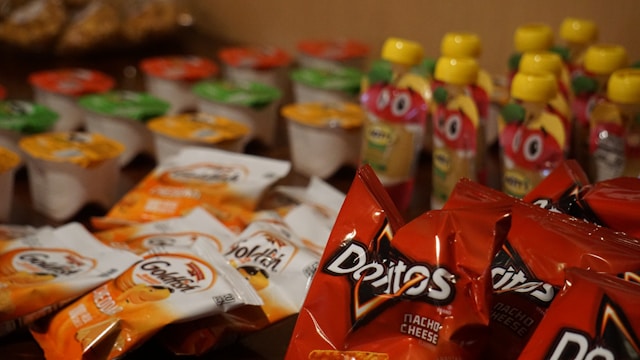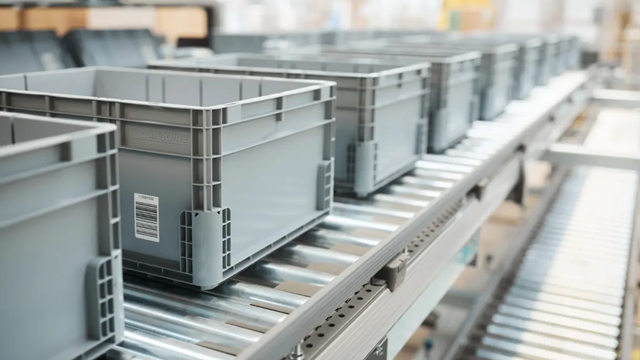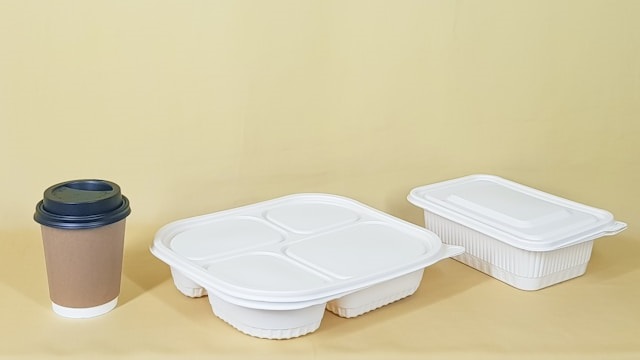Understanding HS Code 392490
HS Code 392490 covers a broad range of plastic products, including Household articles and toilet articles, of plastics (excl. tableware, kitchenware, baths, shower-baths.( These products are widely used in food packaging, medical applications, and industrial storage. The classification under this HS Code allows for standardized trade regulations, making it easier for companies to track market trends and trade volumes.
The market for plastic disposable containers under HS Code 392490 is dynamic, driven by factors such as increasing demand for cost-effective packaging solutions, regulatory compliance, and sustainability trends. The following report analyzes the market’s needs, trends, challenges, major players, and trade volumes based on data from Trade Map for 2023.
Global Export Market Overview
In 2023, the global export volume of plastic disposable containers (HS Code: 392490) reached $11,550,720,000. Key exporters include:
| Rank | Exporter | Export Value (USD) |
| 1 | China | 6,779,922,000 |
| 2 | United States | 556,185,000 |
| 3 | Germany | 463,755,000 |
| 4 | Poland | 417,406,000 |
| 5 | Italy | 271,700,000 |
| 6 | Netherlands | 236,957,000 |
| 7 | Türkiye | 225,887,000 |
| 8 | Spain | 172,545,000 |
| 9 | Vietnam | 170,758,000 |
| 10 | France | 146,621,000 |
Global Import Market Overview
The global import market totaled $10,476,195,000 in 2023. The leading importers and average tariff rates are:
| Rank | Importer | Import Value (USD) | Avg. Tariff (%) |
| 1 | United States | 3,384,792,000 | 1.7 |
| 2 | Germany | 589,384,000 | 2.1 |
| 3 | Canada | 383,728,000 | 2.9 |
| 4 | France | 374,441,000 | 2.1 |
| 5 | Japan | 358,522,000 | 1.1 |
| 6 | Australia | 308,472,000 | 3.2 |
| 7 | United Kingdom | 298,803,000 | 1.7 |
| 8 | Netherlands | 290,188,000 | 2.1 |
| 9 | Italy | 173,479,000 | 2.1 |
| 10 | Poland | 158,939,000 | 2.1 |
Middle East and Eurasia: Import Analysis
Uzbekistan
- Total Imports: $16,747,000
- Key Suppliers:
- China ($15,071,000)
- Türkiye ($921,000)
- Pakistan ($141,000)
- Average Tariff: 30%
United Arab Emirates
- Total Imports: $132,060,000
- Key Suppliers:
- China ($89,769,000)
- Türkiye ($7,442,000)
- United Kingdom ($5,555,000)
- Average Tariff: 5%
Türkiye
- Total Imports: $50,114,000
- Key Suppliers:
- China ($25,200,000)
- Spain ($6,739,000)
- Germany ($3,599,000)
- Average Tariff: 6.5%
Tajikistan
- Total Imports: $2,537,000
- Key Suppliers:
- China ($1,271,000)
- Uzbekistan ($832,000)
- Türkiye ($147,000)
- Average Tariff: 10%
Russia
- Total Imports: $136,471,000
- Key Suppliers:
- China ($105,876,000)
- Poland ($7,408,000)
- Türkiye ($5,493,000)
- Average Tariff: 6.5%
Pakistan
- Total Imports: $844,000
- Key Suppliers:
- China ($586,000)
- UAE ($135,000)
- Thailand ($32,000)
- Average Tariff: 20%
Kazakhstan
- Total Imports: $42,719,000
- Key Suppliers:
- Russia ($16,392,000)
- China ($13,378,000)
- Uzbekistan ($3,786,000)
- Average Tariff: 6.5%
Key Market Trends
- Sustainability: The global push for recyclable and biodegradable plastic solutions is reshaping industry dynamics.
- Regulatory Changes: Countries are imposing stricter safety and quality standards on imports.
- E-Commerce Growth: The rise in online shopping has fueled demand for lightweight and durable plastic packaging.
Challenges
- High Tariff Barriers: Countries like Uzbekistan impose tariffs as high as 30%, creating obstacles for exporters.
- Market Dominance of China: China leads both export and import markets, making competition tough for smaller players.
- Logistics and Supply Chain Issues: Shipping costs and disruptions affect market accessibility.
Summary and Conclusion
The plastic disposable container market under HS Code 392490 shows significant global and regional trade activity. While there are numerous opportunities for expansion, challenges like tariff barriers, competition, and compliance requirements demand strategic approaches. Businesses focusing on sustainability, regulatory adherence, and technological advancements in production and logistics will be best positioned for success.
Data Source
All data is derived from Trade Map (2023), ensuring accuracy and relevance.










